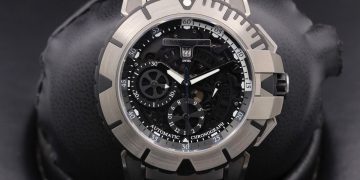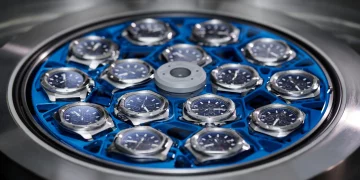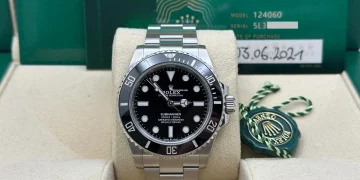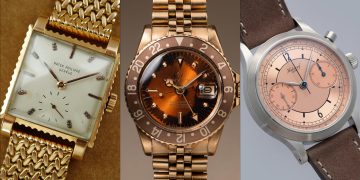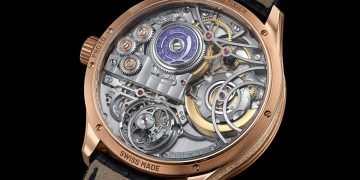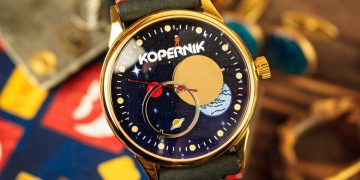The world of watchmaking is one where tradition and innovation go hand in hand, creating timepieces that are both a testament to craftsmanship and a glimpse into the future. The most iconic and revered watch brands—such as Rolex, Patek Philippe, Omega, Audemars Piguet, and Jaeger-LeCoultre—have built their reputations on the bedrock of historical legacy, blending centuries-old practices with cutting-edge technology to create timepieces that captivate both collectors and casual wearers alike. But how does the history of a brand shape its modern design and innovation?
In this article, we explore how a watch brand’s historical heritage not only defines its design philosophy but also influences its approach to innovation, ensuring that tradition and modernity coexist in perfect harmony.
1. Historical Roots Shape Design Philosophy
a. Swiss Tradition and Craftsmanship
The origins of Swiss watchmaking date back to the 16th century, with the development of precision craftsmanship being central to the evolution of luxury watches. Brands like Patek Philippe and Rolex have inherited a deep respect for the meticulous craftsmanship that has been passed down through generations of watchmakers.
For example, Patek Philippe is known for its highly detailed and complicated timepieces, often incorporating features such as perpetual calendars, tourbillons, and minute repeaters. These complications, which first emerged centuries ago, continue to be a hallmark of Patek Philippe’s designs, even as the brand incorporates modern advancements like sapphire crystal and advanced materials. The focus on mechanical excellence and elegance, which defined the brand’s early models, is evident in every modern Patek timepiece.
Similarly, Rolex has maintained a classic design ethos grounded in durability, performance, and prestige. Iconic models such as the Submariner, Daytona, and Datejust have remained largely consistent in design, staying true to the aesthetic principles of robust functionality that defined their early iterations. While Rolex continues to innovate, such as incorporating new materials like Cerachrom for bezels or using Oystersteel for cases, their commitment to high-quality, timeless designs remains unchanged.
b. Influence of Iconic Models
Several vintage models continue to influence modern designs. For instance, the Audemars Piguet Royal Oak, introduced in 1972, is a benchmark of design innovation. Its unique octagonal bezel, integrated bracelet, and luxury sports watch concept are just as influential today as they were in the 1970s. The Royal Oak became a symbol of avant-garde design in the watch industry, and its legacy still informs Audemars Piguet’s collections. The brand continues to introduce new variants of the Royal Oak that innovate in terms of material use, color, and complications, yet its distinctive design language remains rooted in its history.
The Omega Speedmaster also remains a model of continuous innovation that respects its legacy. Known for its history as the “moonwatch”, the Speedmaster retains its original design elements, such as the black dial and three sub-dials, but modern versions of the Speedmaster introduce advanced movements, materials like ceramic, and technological innovations to elevate the performance while maintaining its historical ties to space exploration.
2. Commitment to Mechanical Excellence and Innovation
a. Continuing Tradition of Mechanical Movements
Many of the world’s most prestigious watch brands, such as Patek Philippe and Vacheron Constantin, have a legacy rooted in the development of mechanical movements that are considered the epitome of horological expertise. Today, while quartz technology has dominated mass-market watchmaking, luxury brands remain fiercely committed to their mechanical heritage.
Patek Philippe’s Grand Complications, for example, are a direct result of the company’s centuries-old dedication to fine-tuning mechanical movements. Modern models, such as the Patek Philippe 5270, build on this rich history of complexity, incorporating advanced caliber movements with intricate complications while still holding to the exacting standards of craftsmanship that were established hundreds of years ago.
Even Rolex—long known for its robust, self-winding movements—has maintained its focus on mechanical innovation. The company’s in-house Caliber 3135 and Caliber 3235 movements, which power models like the Submariner and Daytona, are direct descendants of the precision and reliability Rolex established in its early years. The Rolex Superlative Chronometer certification represents the company’s unwavering commitment to mechanical excellence, all while preserving the enduring design legacy established in its early innovations.
b. Integration of New Technologies
While mechanical movements are central to many luxury watch brands, these brands are not hesitant to embrace modern technologies and materials in their quest for superior performance. For example, Omega’s Co-Axial escapement, first introduced in 1999, was developed by George Daniels to reduce friction in the movement, improving precision and longevity. This represents a significant step forward in watchmaking technology while remaining deeply rooted in the brand’s tradition of precision.
Similarly, Audemars Piguet has been incorporating ceramic materials and carbon composites into its designs, taking cues from modern engineering and design practices without sacrificing the brand’s iconic look and feel. By integrating cutting-edge materials into its watches, Audemars Piguet is able to combine traditional mechanical movements with contemporary design aesthetics.
3. Brand Identity and Its Impact on Modern Innovation
a. Distinctive Brand Heritage
The history and legacy of a brand influence the way it approaches innovation. Brands with a long history of watchmaking, such as Patek Philippe and Jaeger-LeCoultre, are often cautious about changes to their design ethos. They understand that their legacy is an essential part of their identity, and they strive to innovate in ways that enhance their reputation rather than disrupt it. Patek Philippe’s motto, “You never actually own a Patek Philippe. You merely look after it for the next generation,” underscores the brand’s deep respect for heritage, and the commitment to creating timepieces that endure through generations.
For Patek Philippe, the introduction of limited-edition pieces or unique grand complications maintains their brand’s exclusivity and reinforces the idea that each timepiece is a part of the brand’s long tradition of fine watchmaking. Their innovation is purposeful and often tied to the brand’s deep roots in elegance and timelessness.
Brands like Jaeger-LeCoultre, known for their innovative movements and elegant designs, often balance avant-garde techniques with classic style. Their Reverso, originally designed in 1931, remains an enduring symbol of the brand. Over the years, Jaeger-LeCoultre has introduced modern variations, like those with openwork dials or automatic movements, but the fundamental design principles of the Reverso—functionality, elegance, and versatility—have remained constant.
b. Luxury Meets Performance
In the modern world of luxury watches, performance is as much a part of the brand’s legacy as design. Rolex, for example, continues to innovate by improving the performance of its watches, especially in terms of water resistance and durability. Models such as the Rolex Sea-Dweller and Submariner represent the pinnacle of high-performance luxury watches, designed to withstand extreme environments while maintaining their elegance and style.
While many modern luxury watch brands embrace new technologies, they remain deeply influenced by their legacy. Brands such as Tag Heuer and Omega have modernized their designs with chronograph functions, advanced materials, and smart features, but they continue to offer watches that embody the same precision and craftsmanship that initially defined the brands.
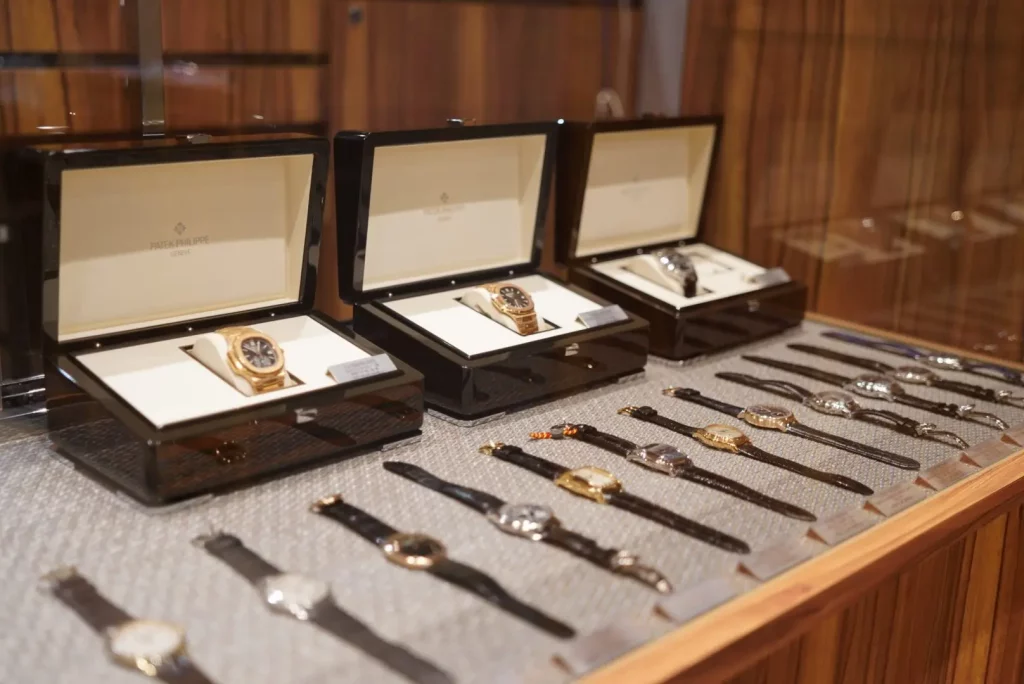
4. The Future of Watch Design: Blending Tradition and Modernity
a. Sustainability and Ethical Innovation
As the world becomes more focused on sustainability, luxury watch brands are also evolving to meet the demand for environmentally friendly materials and ethical sourcing practices. For example, Rolex has implemented responsible sourcing for its materials, including ethical gold, in line with growing consumer demands for sustainability. Similarly, Patek Philippe has worked to make its production more environmentally friendly without compromising the quality and design integrity that have been central to the brand since its inception.
b. Embracing Smart Technology
As the world becomes increasingly digital, some luxury watch brands are finding ways to integrate smart technologies into their traditional designs. However, this does not mean abandoning their mechanical heritage. For example, Tag Heuer’s collaboration with Google and Intel to produce the Tag Heuer Connected smartwatch merges cutting-edge technology with Swiss watchmaking. By doing so, Tag Heuer is innovating in the digital realm while preserving the essence of Swiss craftsmanship.
5. Conclusion
The history and legacy of luxury watch brands have a profound impact on their modern design and innovation. Each brand carries forward the values and principles that were established over centuries, and those values influence every new model, material choice, and technological advancement. By respecting their heritage, luxury watchmakers can innovate while ensuring that their creations remain true to the traditions that have made them icons of timeless design, precision, and prestige. This blend of history and innovation will continue to define the luxury watch industry in the years to come.



